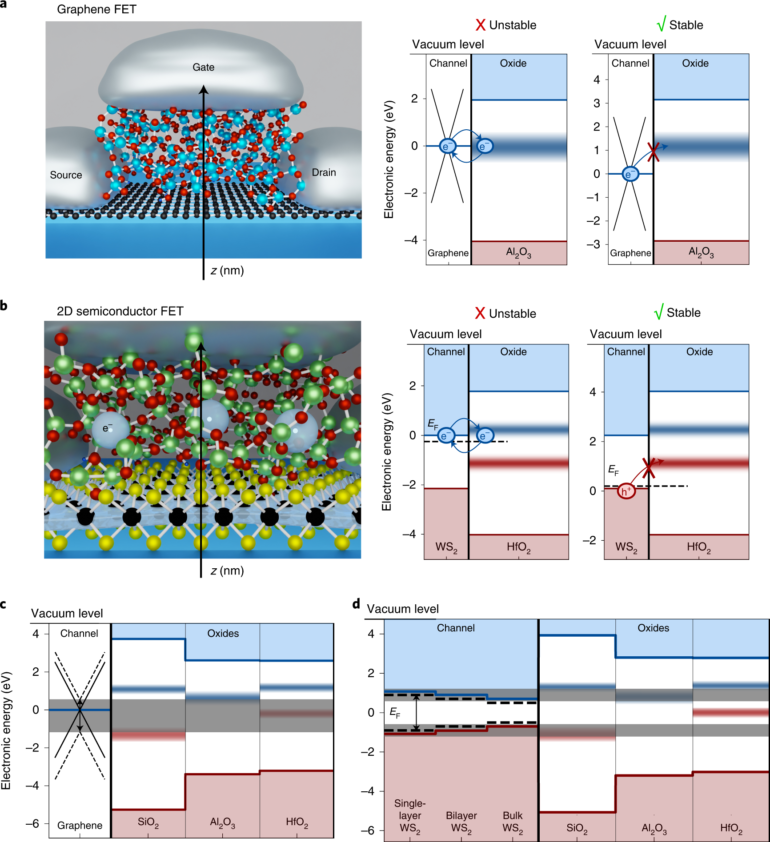National University of Singapore (NUS) physicists have demonstrated a new way of controlling Rashba interactions in oxide systems. Tuning and controlling Rashba interactions is a particularly promising technology, as it can potentially be integrated directly into functional logic and memory devices.
Scientists and engineers need devices that can process information efficiently with ultra-low power consumption. Recently, there have been new developments in logic and memory devices that use the spin of electrons, in addition to their electronic charge, to store and process information. To accomplish this, the device architecture needs a strong interaction between the spin of electrons and their orbital moments.
This coupling, known as Rashba effect, allows for easy manipulation of spin currents and can lead to lower energy consumption. In particular, it can facilitate voltage-driven magnetization switching for logic and memory computing with reduced energy consumption, as proposed by Intel. However, to be useful in this regard, this effect must be significantly large even at zero applied voltages, and this has been difficult to realize in traditional semiconducting and metallic systems.
The research team led by Professor Ariando from the Department of Physics, NUS, demonstrated that lattice polarization and the trapping of interfacial charge carriers can result in a large Rashba spin-orbit effect at the oxide material interface in the absence of an external bias. Their findings have now been published in Physical Review Letters.
Oxide systems have great potential for exploiting the Rashba effect because their multiple degrees of freedom (charge, spin, orbital, and lattice) are entangled with one another. Under Prof. Ariando’s guidance and with the support of the research team, Dr. Ganesh Ji Omar, the lead author of the paper, came up with a new and different methodology for controlling the Rashba effect in oxide material systems.
In their experiments, the researchers developed two-dimensional electron gas (2DEG) at LaAlO3-SrTiO3 interfaces and buffered by a LaFeO3 carrier modulating layer. All individual oxide layers during the fabrication process were controlled in real time and the resulting structures were validated using high-resolution electron microscopy. This heterostructure led to significant enhancement of Rashba effect at the correlated LaAlO3-SrTiO3 interfaces even when no external voltage was applied. This remarkable enhancement effect was explained using a framework of “orbital hybridization of interfacial electronic wave functions” at oxide interfaces (see figure above). The theoretical research team further validated this unconventional Rashba effect using density functional theory.
Prof. Ariando said, “This work highlights the fundamental role of lattice polarization in achieving the observed enhancement of Rashba spin-orbit coupling and is particularly promising for efficient spin-to-charge conversion. Moreover, it can lead to the discovery of various other exotic properties, such as spiral magnetism, topological superconductivity, and intrinsic spin Hall effect.”
More information:
G. J. Omar et al, Experimental Evidence of t2g Electron-Gas Rashba Interaction Induced by Asymmetric Orbital Hybridization, Physical Review Letters (2022). DOI: 10.1103/PhysRevLett.129.187203
Provided by
National University of Singapore
Citation:
Improving future electronic devices through oxide materials (2023, March 30)



